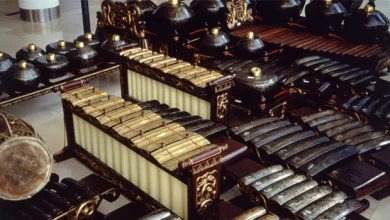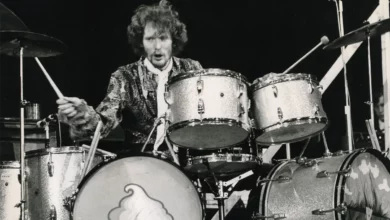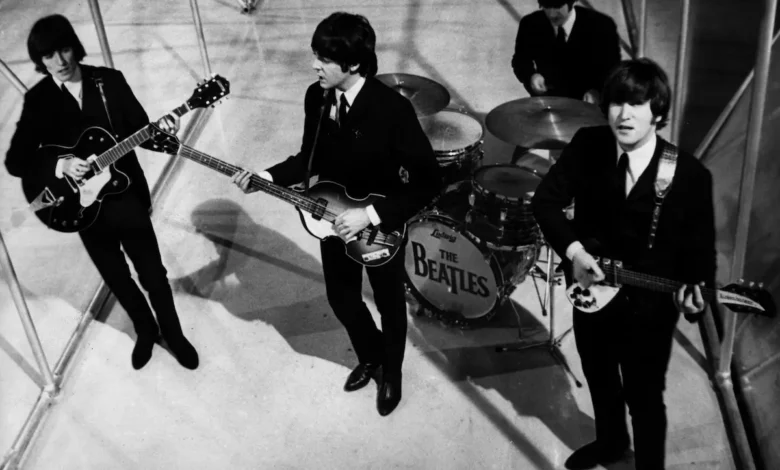
When people think of The Beatles, the iconic foursome of John Lennon, Paul McCartney, George Harrison, and Ringo Starr likely comes to mind.
However, many may not realize that five drummers played with the group throughout the band’s career. Each drummer contributed to The Beatles’ unique sound and played an essential role in the band’s evolution. In this article, we’ll take a closer look at who these five drummers were and their impact on one of the most beloved bands in music history.
Pre Beatles – Colin Hanton
Before the Beatles came to fruition, there were the Quarrymen.
The Quarrymen were a skiffle group formed in Liverpool, England, in 1956 and are often considered the earliest iteration of what would eventually become The Beatles.
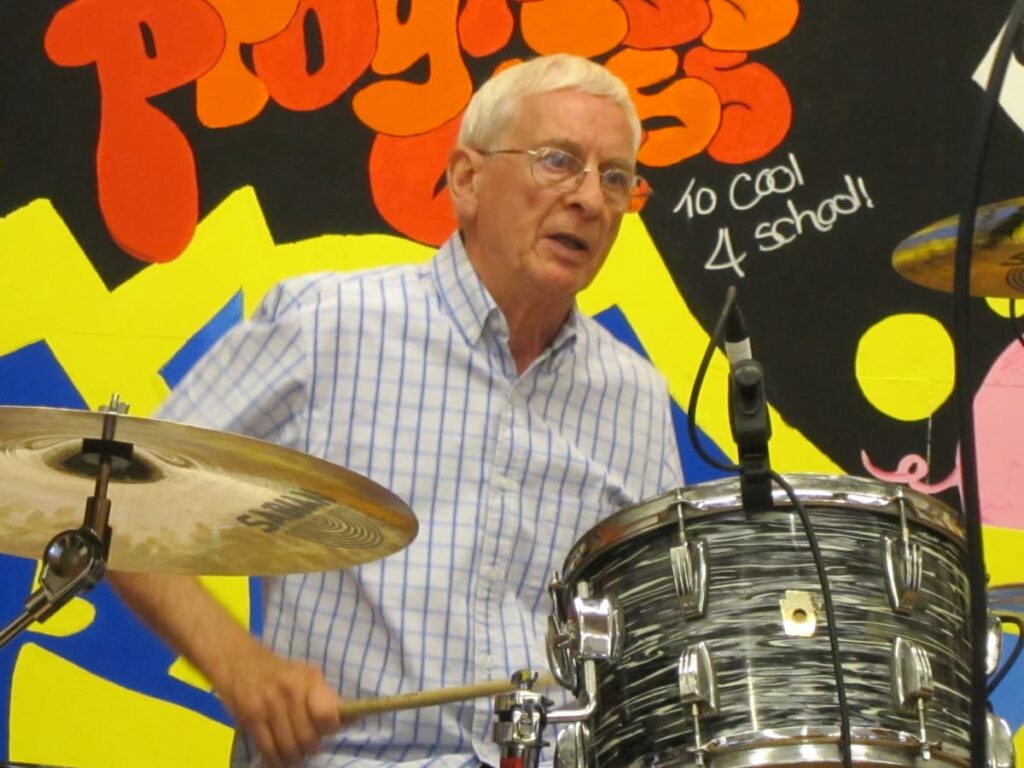
The band was initially formed by John Lennon and included several other members from his school, including Eric Griffiths, Pete Shotton, Len Garry, Rod Davis, and Colin Hanton. They mainly played covers of famous rock ‘n’ roll and skiffle songs but also wrote some original material.
Colin Hanton played drums with The Quarrymen after meeting John Lennon in the late 1950s. He played with the band for several years and was a part of some of their earliest recordings, including the famous 1958 demo of “That’ll Be the Day” and “In Spite of All the Danger,” which is considered to be the first song ever recorded by The Beatles.
Although Hanton left The Quarrymen in 1959, he has remained an essential figure in the band’s history and has occasionally performed with other musicians in tribute to the early days of The Beatles.
Pete Best
Before Ringo Starr joined the group, The Beatles had Pete Best as their drummer.
Just before their first trip to Hamburg, Germany, when they performed a stint at the Indra Club, he formally joined The Beatles in 1960. Best was a vital part of The Beatles’ early sound and was renowned for his fervent drumming.
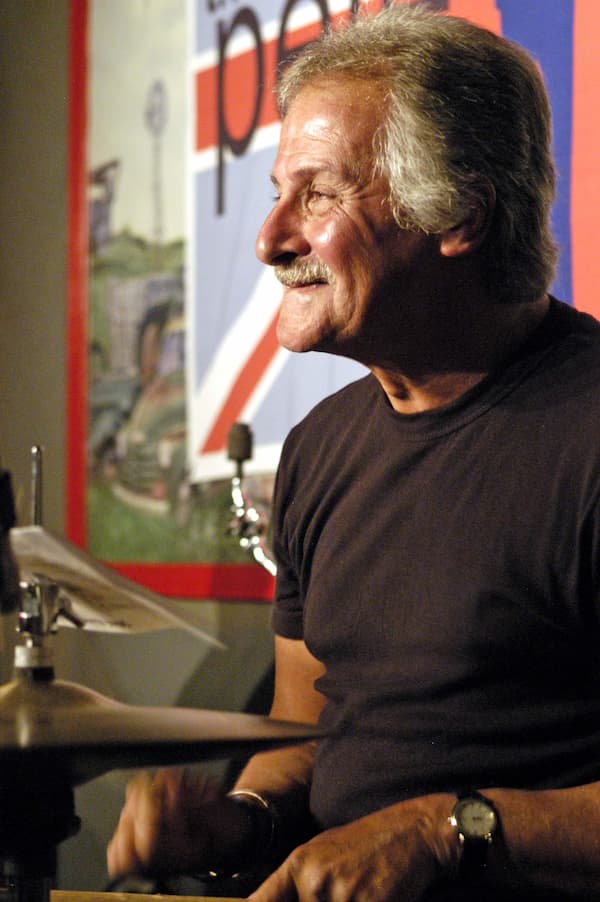
During his two years with the group, they recorded “Love Me Do,” their first hit, and their debut album, “Please Please Me.” He participated in many of the band’s early shows and tours and was well-liked by its followers.
Despite his talents, Best was fired from the group in 1962, just before they became well-known worldwide. There are numerous opinions as to why this occurred, but the official justification offered by the other Beatles was that they no longer believed Best was a good fit for the group.
He wasn’t a very good drummer, and the Beatles were better off without him, according to EMI producer Ron Richards, who worked with them early on.
Even today, many Beatles fans still feel that the band treated Best unfairly when they chose Ringo Starr to take Best’s place. Fortunately, he continued to pursue a successful musical career, performing with numerous different bands over the years, and he has maintained his popularity among Beatles fans.
Best has been candid in recent years about his time with The Beatles and the events leading up to his breakup from the group. He has still had a positive outlook regarding his experience and contributions to the band’s early sound despite the challenges.
Johnny Hutchinson
Pete Best was replaced by Ringo Starr in 1962, but the band continued to use a few other drummers throughout the years, including Johnny Hutchinson.
Along with Adrian Barber and Brian Griffiths, Hutchinson formed the rock & roll trio The Big Three, which gained popularity in the 1960s. The band swiftly rose to prominence on the Liverpool music scene and developed a reputation for giving exciting live performances.
They were among the first bands to perform in the Cavern Club, where they attracted The Beatles’ attention.
The Big Three later toured with The Beatles in the early 1960s, during which time Hutchinson grew close to John Lennon. He was also renowned for his showmanship as a drummer and his flashy stage persona. He filled in for a few shows during the time between Pete Best’s departure and Ringo Starr’s acceptance as a permanent member of the group.
Hutchinson carried on as a drummer and musician after The Big Three split up in 1966, performing with a number of other bands throughout the years in Liverpool’s music scene.
Andy White
In 1962, Starr was already solidified as a member of the Beatles. However, in 1962, as the band prepared to record their first single, “Love Me Do,” their producer, George Martin, was concerned about Ringo’s drumming on the original recording.

He hired Andy White to play drums on the track since he thought his drumming style wasn’t quite appropriate for the song.
On the studio version of “Love Me Do,” the B-side “P.S. I Love You,” as well as a few other early Beatles recordings like “Please Please Me” and “Twist and Shout,” you can hear his drumming.
White made very insignificant but important contributions to The Beatles’ early recordings, which helped shape the group’s distinctive sound despite their tiny size.
White played with numerous other musicians after his stint with The Beatles, and he eventually passed away in 2015.
Jimmy Nicol
In June 1964, Ringo Starr became ill with tonsillitis on the eve of The Beatles’ world tour, which was set to begin in Denmark. With no time to find a permanent replacement, The Beatles’ manager, Brian Epstein, hired Jimmy Nicol to fill in for Starr on tour.
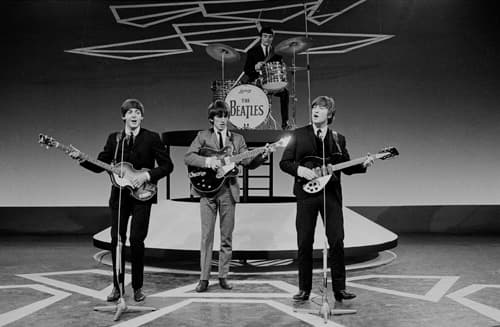
Over the course of 13 days, Nicol performed with The Beatles in Australia, Hong Kong, the Netherlands, Denmark, and the Netherlands. He was well-known for both his dynamic drumming technique and, naturally, his aptitude for picking up The Beatles’ songs rapidly.
After the tour, Nicol went back to living a quiet life in London as a studio musician. As there isn’t much information known about Nicol’s life and work outside of his time with The Beatles, he has remained a mystery over the years.
He is still well-liked by the band’s followers, and he is frequently referred to as the “fifth Beatle.”
Ringo Starr
The Beatles had been playing together with Pete Best as their drummer for some years until Ringo Starr joined them in August 1962. Ringo had been the drummer for Rory Storm and the Hurricanes, a well-known Liverpool band, and had earned a reputation as a capable and dependable drummer.
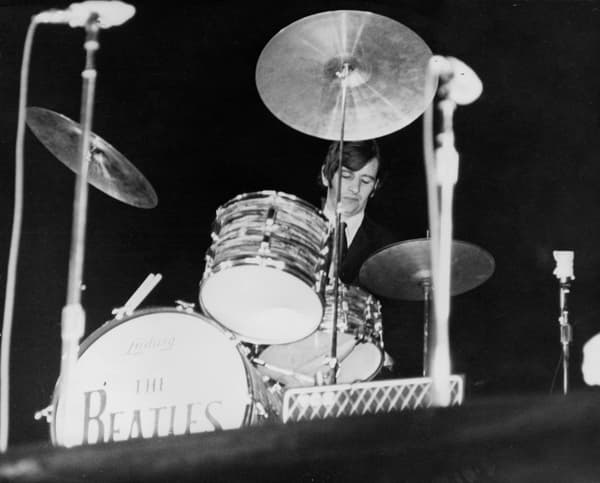
But, The Beatles were in need of a new drummer when Brian Epstein, the band’s manager, fired Pete Best due to a disagreement over the group’s future course. George Martin, The Beatles’ producer, who had previously worked with Ringo on a few prior recording sessions, gave Ringo his recommendation to the band.
It was once said that Ringo was hesitant to join The Beatles because he felt secure in his role with Rory Storm and the Hurricanes. But after a few conversations with John Lennon and Paul McCartney, he decided to join the group, and on August 18, 1962, at Birkenhead, England’s Hulme Hall, he gave his debut performance with them.
The moment Ringo joined The Beatles was noteworthy since he contributed significantly to the group’s sound and popularity. His unusual drumming technique, which placed a significant emphasis on the backbeat, contributed to defining The Beatles’ sound and helped them become one of the most popular and influential bands of all time.
Did Paul McCartney Play Drums for the Beatles?
Paul McCartney had a gift for playing the drums, yet he was best recognized as the band’s bassist and one of their key songwriters. Several Beatles songs, including “Martha My Dear” and “The Ballad of John and Yoko,” featured McCartney on the drums.
Did Bernard Purdie Play with the Beatles?
American drummer Bernard Purdie has contributed to several well-known albums, including those of Aretha Franklin, James Brown, Steely Dan, and Miles Davis.
One of Purdie’s most well-known claims to fame is his alleged involvement with The Beatles’ first three albums, where he is said to have overdubbed 21 songs after receiving payment from Brian Epstein, the band’s manager. This assertion has been challenged, though, and Beatles fans continue to disagree on the precises of Purdie’s contribution to the song.
What Kind of Drums Does Ringo Starr Use?
Ringo Starr was known for using Ludwig drums during his time with The Beatles. In the band’s early days, he played a black oyster pearl finish Ludwig drum set with a 20-inch bass drum, a 12-inch rack tom, a 16-inch floor tom, and a 5-inch snare drum.
He also used Zildjian cymbals, including a 14-inch hi-hat, a 20-inch ride cymbal, and an 18-inch crash cymbal. Although later in his career, Ringo experimented with other drum sets and cymbals, including Yamaha and Premier, Ludwig drums remained his primary kit.
